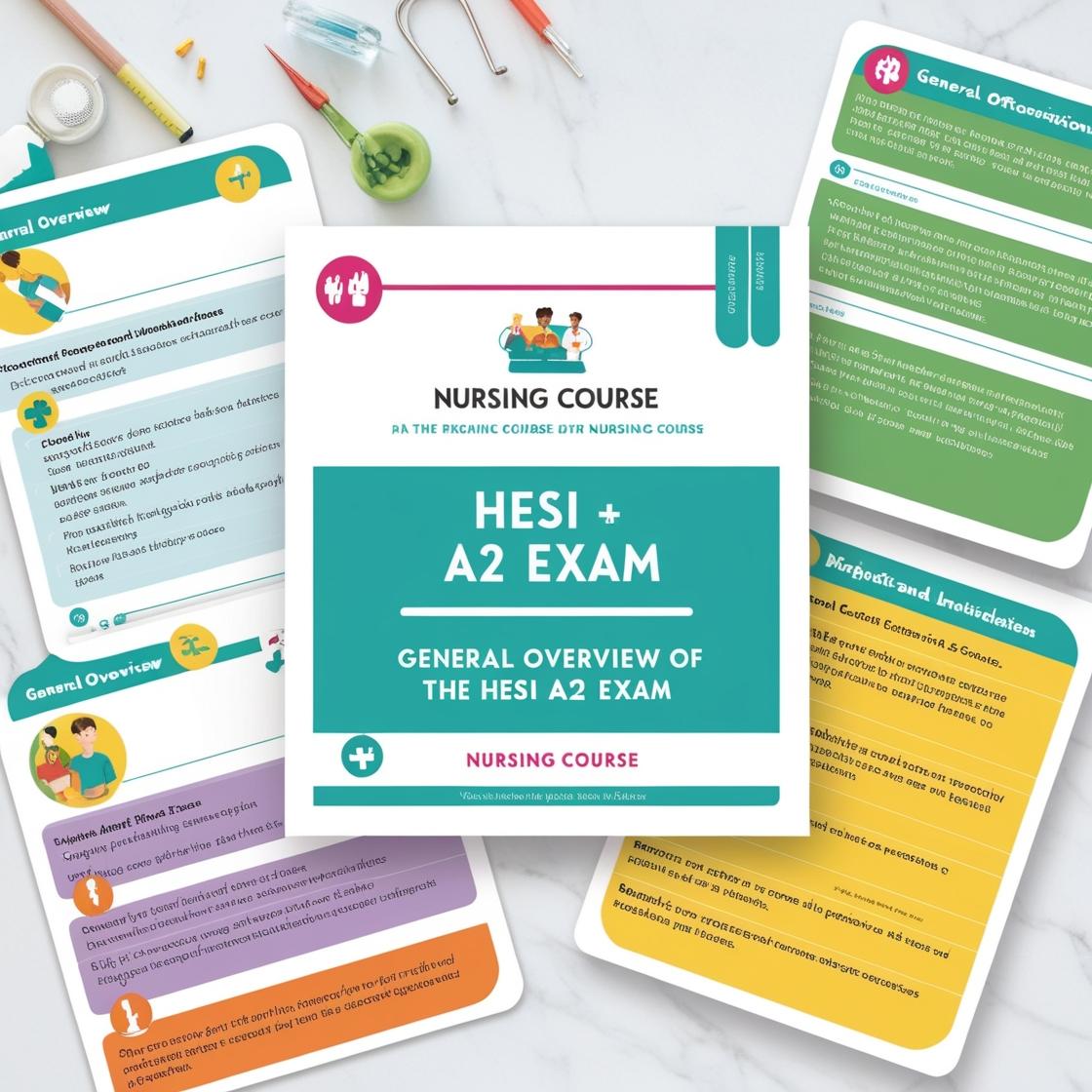HESI A2
HESI A2 Anatomy and Physiology Practice Exam
1. What is the average normal body temperature in degrees Celsius?
- A. 30°C
- B. 32°C
- C. 35°C
- D. 37°C
Correct answer: D
Rationale: The average normal body temperature in degrees Celsius is 37°C. This temperature is considered the standard measurement for the human body under normal conditions. It is essential to know this baseline temperature for monitoring health and detecting abnormalities such as fever. Choice A, 30°C, is too low for the average normal body temperature. Choice B, 32°C, is also below the standard normal body temperature. Choice C, 35°C, is closer but still lower than the average normal body temperature of 37°C.
2. The shoulder is _________ to the elbow.
- A. posterior
- B. proximal
- C. distal
- D. medial
Correct answer: B
Rationale: Proximal refers to a position closer to the point of attachment or origin. In this case, the shoulder is closer to the point of attachment to the body compared to the elbow, making it proximal to the elbow. 'Posterior' refers to the back side of the body, 'distal' means farther away from the point of attachment, and 'medial' refers to the middle of the body. These terms do not accurately describe the relationship between the shoulder and the elbow in this context.
3. Which is another name for thiamine?
- A. Vitamin B1
- B. Vitamin B2
- C. Vitamin B6
- D. Vitamin D
Correct answer: A
Rationale: Thiamine is another name for Vitamin B1. It is an essential vitamin that plays a crucial role in energy metabolism and is important for the proper functioning of the nervous system. Vitamin B2 is riboflavin, not thiamine. Vitamin B6 is pyridoxine, not thiamine. Vitamin D is a different vitamin responsible for calcium absorption and bone health, not thiamine. Therefore, the correct answer is Vitamin B1.
4. Which organ system is largely responsible for controlling stress?
- A. The endocrine system
- B. The digestive system
- C. The lymphatic system
- D. The respiratory system
Correct answer: A
Rationale: The endocrine system is largely responsible for controlling stress through the release of hormones such as cortisol and adrenaline. These hormones help regulate the body's response to stress by increasing heart rate, blood pressure, and energy production. The endocrine system plays a crucial role in the body's stress response and helps the body adapt to and cope with stressful situations. The digestive system (Choice B) is primarily responsible for breaking down food and absorbing nutrients, not controlling stress. The lymphatic system (Choice C) is responsible for immune function and maintaining fluid balance, not controlling stress. The respiratory system (Choice D) is responsible for the exchange of oxygen and carbon dioxide, not controlling stress.
5. When are gallstones most problematic?
- A. When they block a duct
- B. When they contain cholesterol
- C. When they contain bilirubin
- D. When they begin to dissolve
Correct answer: A
Rationale: Gallstones become most problematic when they block a duct, such as the bile duct or cystic duct. This blockage can lead to various complications, including inflammation, infection, and even damage to the gallbladder or liver. In severe cases, a blocked duct can cause intense pain, jaundice, and other serious symptoms that require medical intervention. Choices B, C, and D are incorrect because the presence of cholesterol or bilirubin in gallstones or the process of dissolution do not necessarily indicate when gallstones become most problematic. The critical issue arises when the stones obstruct a duct, leading to complications.
Similar Questions

Access More Features
HESI A2 Basic
$99/ 30 days
- 3,000 Questions with answers
- 30 days access @ $99
HESI A2 Premium
$149.99/ 90 days
- Actual HESI A 2 Questions
- 3,000 questions with answers
- 90 days access @ $149.99
